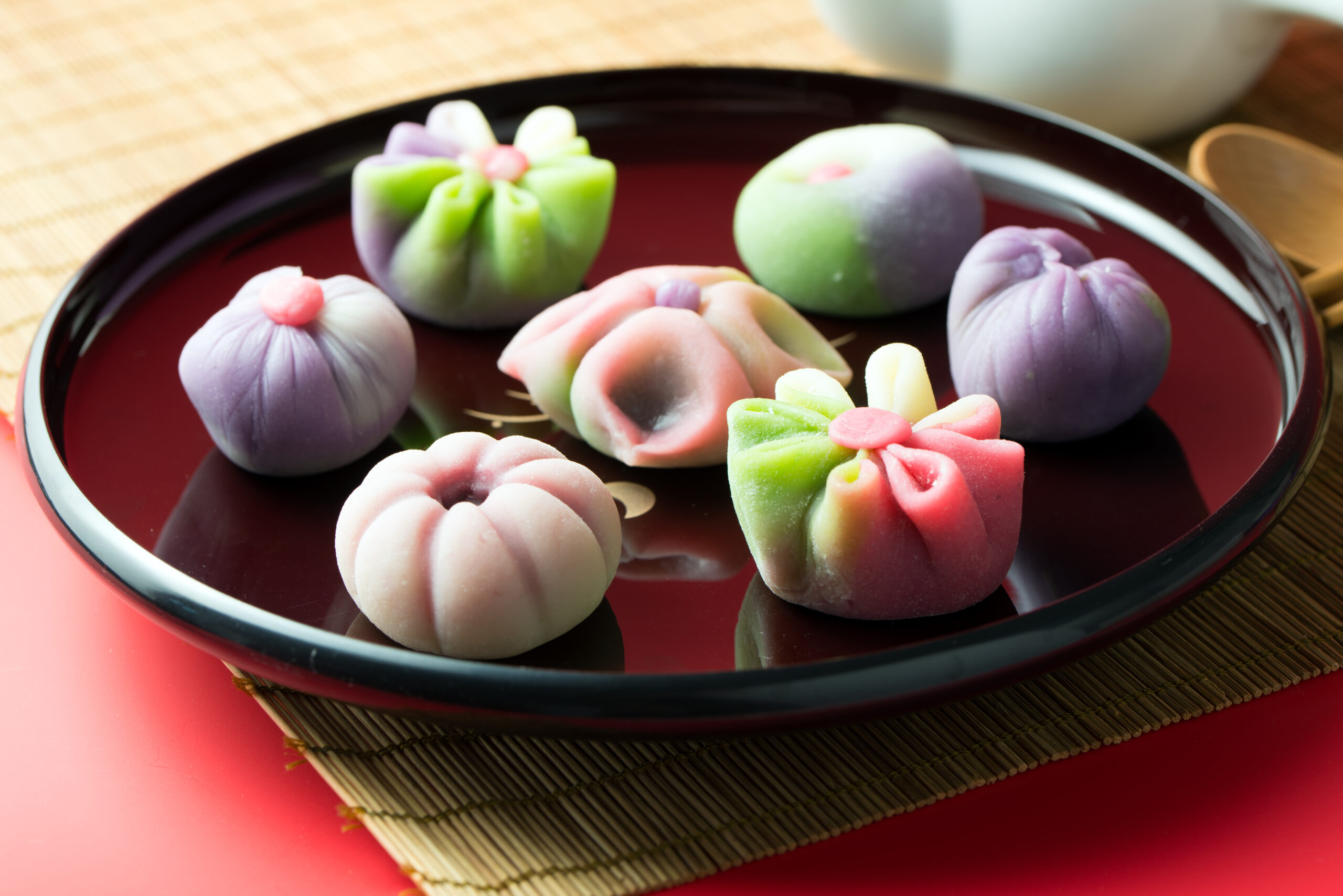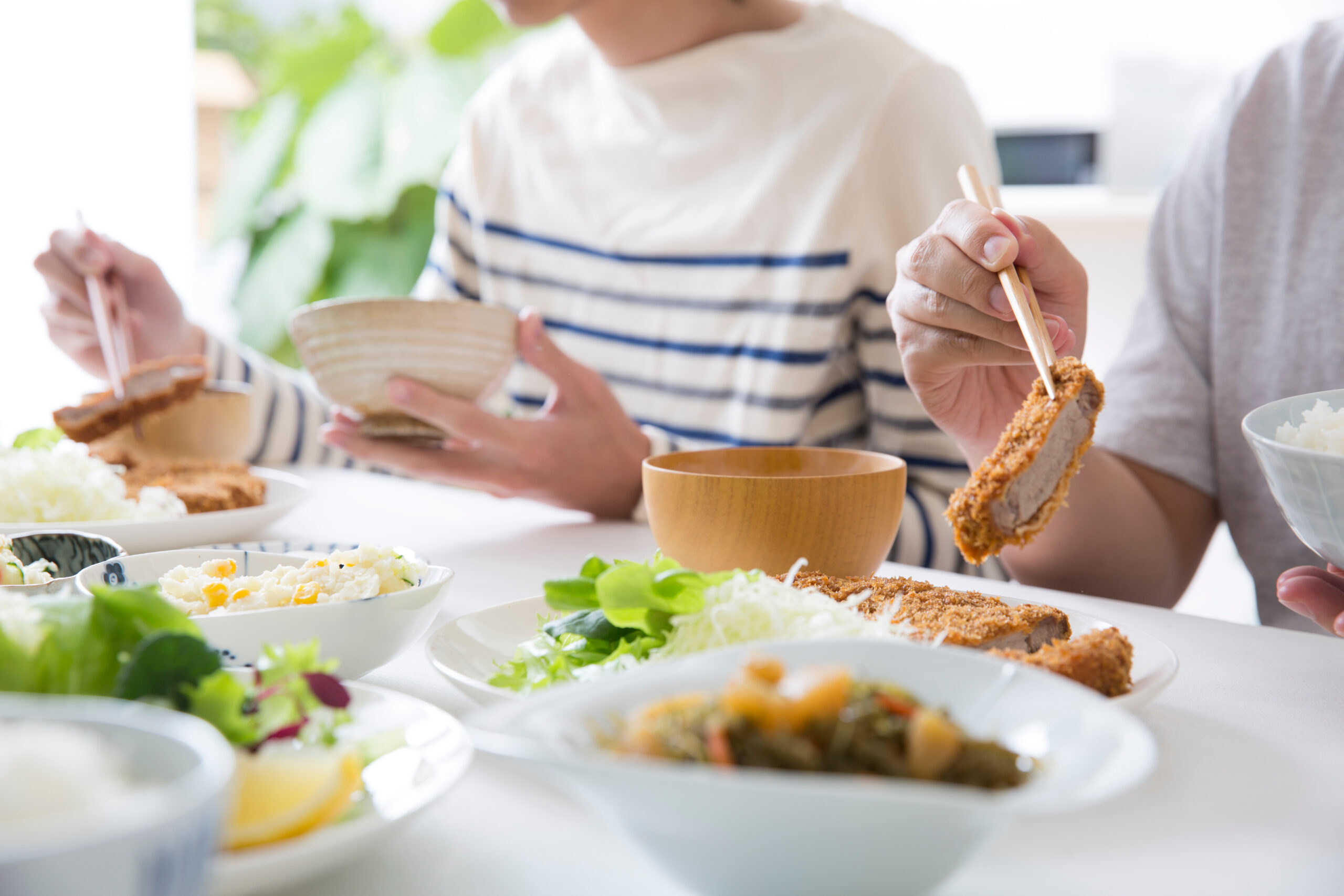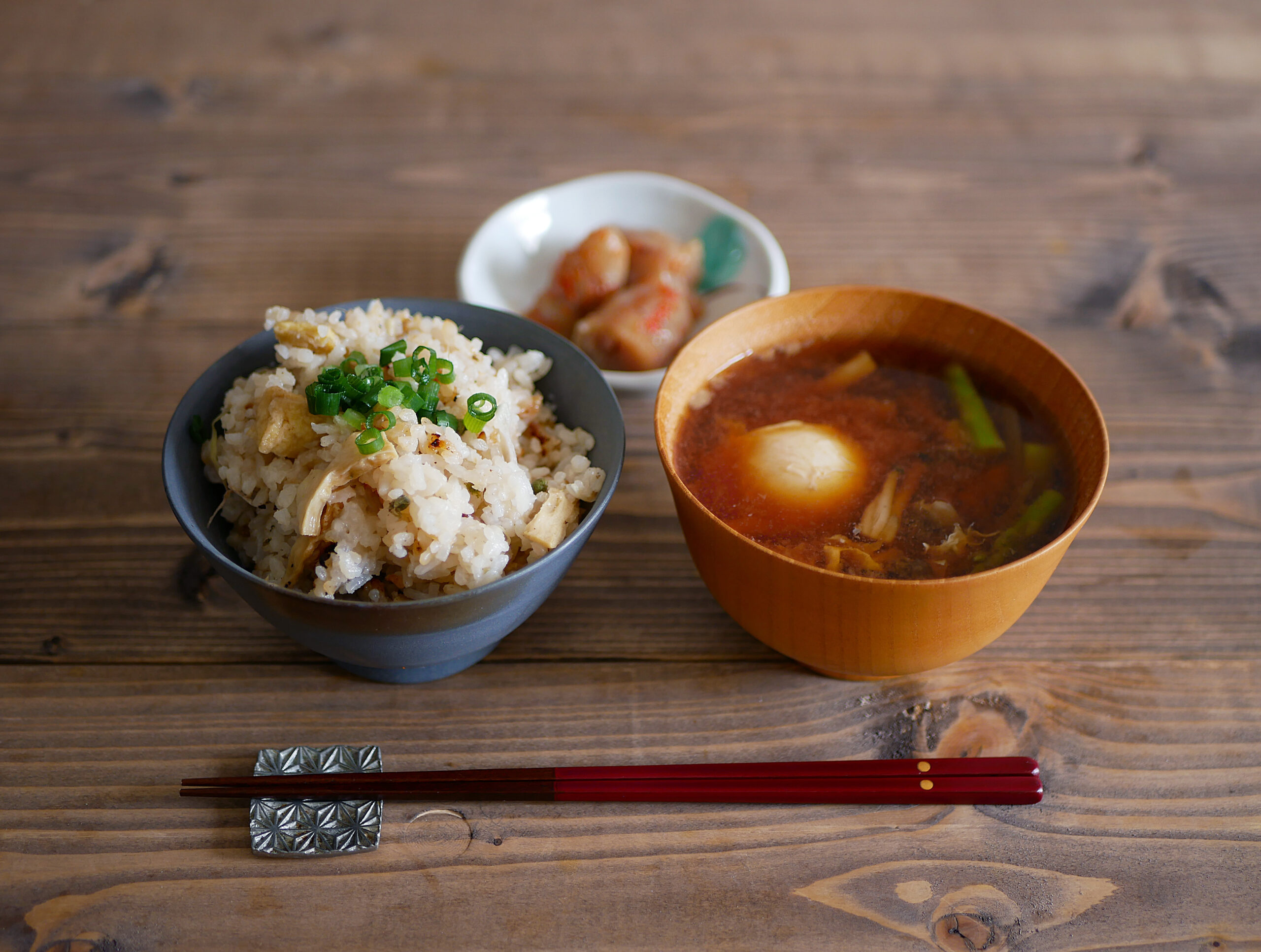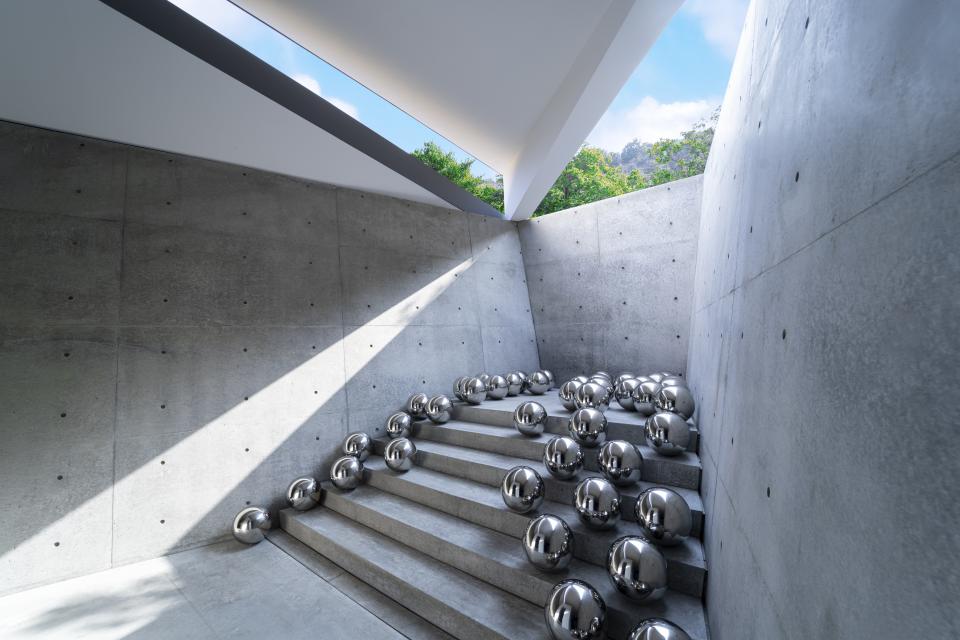We introduce you to an amazing hot spring area in Japan. Oita prefecture (especially Beppu region in Oita) is known as one of the best hot spring places in Japan along with Arima, Gero and Kusatsu.
About Oita prefecture
Oita is located on the eastern side of Kyushu island. It faces the ocean and is surrounded by the vibrant culture of Fukuoka, the natural beauty of Kumamoto, and the mythology of Miyazaki. Oita boasts an amazing coastline, deep nature, and varied terrain. In this environment, the residents receive gifts from nature such as fresh seafood, crops, and even their own brand of wagyu beef. These elements already make Oita special and charming, but they are not the main attractions of Oita. It just takes 2 hours from Hataka station which is the biggest station in Kyushu to Oita station.
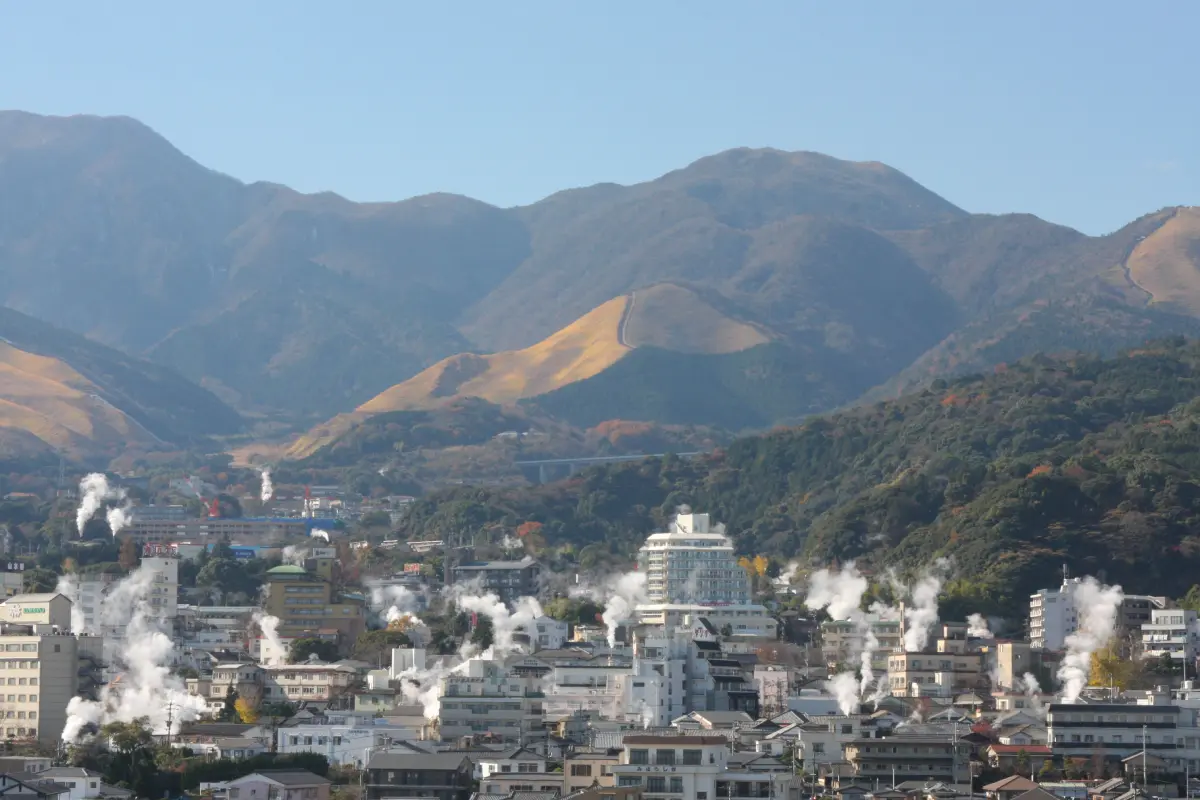
Oita as the hot spring hub
Oita has one big feature that captivates all Japanese people: its onsen (hot springs). Oita prefecture is number one in Japan for the number of hot springs and the flow rate of hot springs. This is evident by the view of Oita, where hot spring smoke can be seen from many places, even in the city. People living in Oita use hot springs every day because the water for their showers and baths comes from natural hot springs. This place is a paradise for hot spring lovers.
Hot spring in Japan
The hot springs in Japan and other countries are quite different. In foreign countries, hot springs are often for fun, used like hot pools where people wear swimwear and swim. In Japan, hot springs are used for relaxation and health benefits. They offer many benefits such as curing physical and mental illnesses, anti-aging properties, and making skin soft and smooth. These benefits vary for each hot spring. Since ancient times, hot springs have been indispensable in Japan. During the Sengoku period (Age of Civil War, 1467-1615), hot springs were strategically important for healing soldiers’ injuries and fatigue. Once you try it, you’ll realize just how effective it is.
Rules of hot spring
There are several rules for enjoying a hot spring:
- Do not swim.
- Do not talk loudly.
- Use the hot spring naked.
- Cover yourself with a towel when outside the bath.
- Do not use your phone in hot springs or in the dressing room.
- Clean your body first.
- Do not put your hair or towel into the bath.
Following these rules is the best way to enjoy the culture and experience of hot springs in Japan.
These days, some places have saunas as well. After relaxing in a hot spring, the typical drinks to enjoy are milk, fruit milk, and coffee milk, which provide a refreshing experience.
Extra tip: Try an ice cream after the experience and you’ll feel very relaxed.
Beppu city
Beppu is a city famous for its hot springs. It is located between Beppu Bay and the Volcanic Zone. There are over 2,000 hot springs in Beppu, which are effective for treating neuralgia, muscle pain, joint pain, rheumatism, back pain, injuries, stress relief, and recovery from illness. Beppu ranks number one in Japan for both hot spring discharge and the number of hot springs.
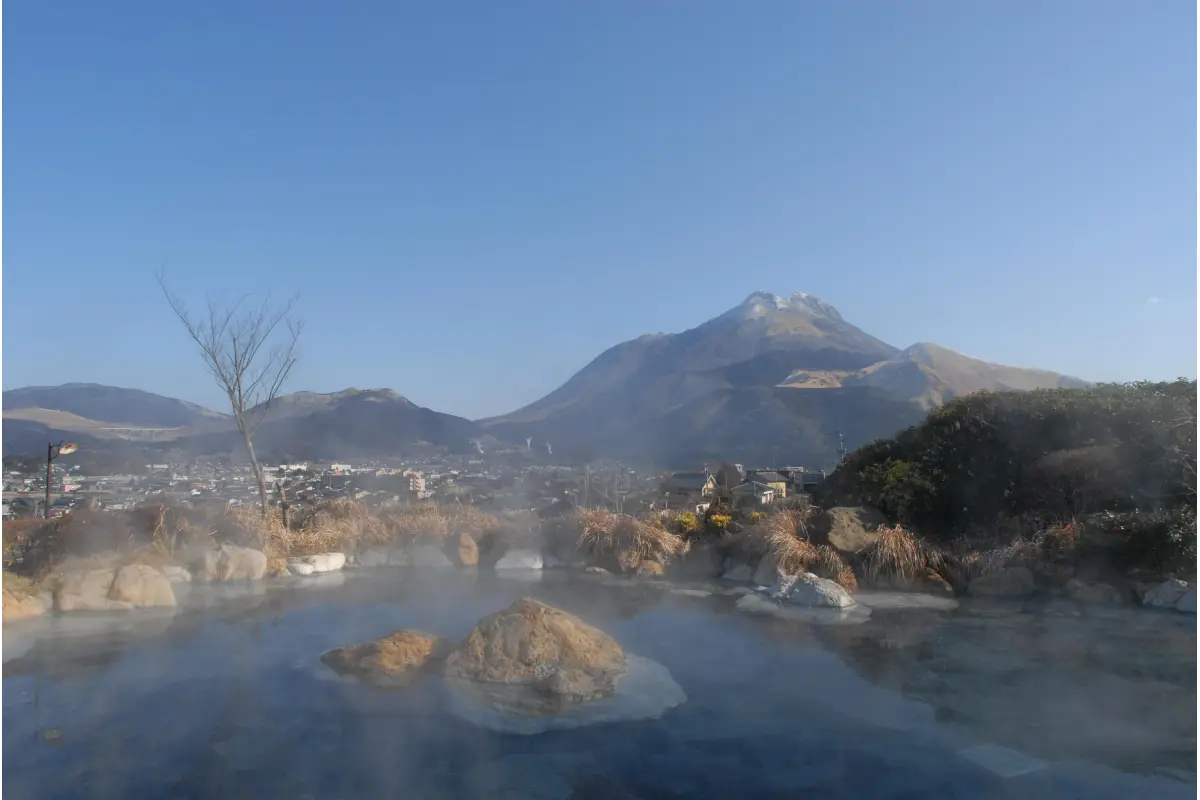
Yufuin city
This place is famous as a summer resort in Kyushu. There are many high-class hot spring ryokan (Japanese-style hotels). The mountains and nature are perfect as well. From the shopping street, you can feel the old Japanese atmosphere. It ranks number two in Japan for both hot spring discharge and the number of hot springs.
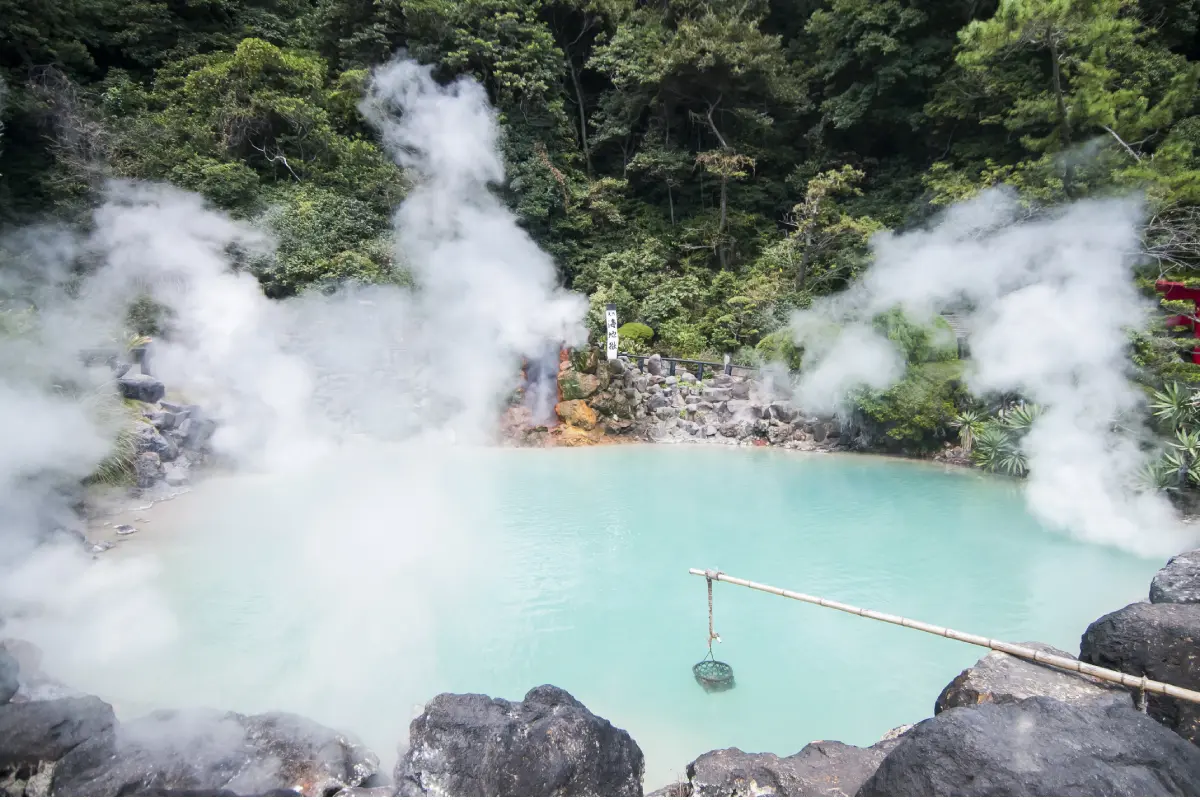
Tourist spot related to hot spring
In Oita, there is a tourist spot called Jigokumeguri (Hell Tour). In this area, There is steam, hot mud, and hot water spewing out from over 1000 years ago.That’s why people start calling this place as Jigoku (meaning ”Hell”). These hot springs are not for bathing, just for sightseeing. All of these hell hot springs are naturally made. Here are the top three famous hell hot springs:
-
Umijigoku (Ocean Hell)
This place was created by the explosion of Tsurumidake (mountain) 1,200 years ago. It looks cool due to its cobalt blue color, but it’s around 98 degrees Celsius. There is a famous food called Onsentamago (hot spring egg), which is boiled by placing it in this hot spring. -
Chinoikejigoku (Pond of Blood Hell)
This hell is mentioned in the book Bungofudoki (around 720 A.D.) and Manyoshu (759 A.D.). The name comes from its red color. The area is around 1,300 square meters. There is a foot bath here so people can experience the hot spring of hell. -
Tatsumakijigoku (Tornado Hell)
Este infierno es un géiser que entra en erupción cada 30 a 40 minutos, más rápido que Yellowstone en los EE. UU. Tiene el poder de alcanzar hasta 50 metros. La temperatura es de alrededor de 150° Celsius bajo tierra.
Oita is the best prefecture to enjoy hot springs, with many locations and tourist spots such as Jigokumeguri (Hell Tour), along with amazing food from the ocean, mountains, and forests. The trip with us would be definitely unforgettable by our deep knowledge about Oita and charm of Oita itself.
By Yuki

